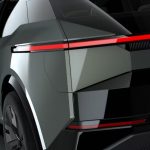Electric cars have witnessed strong development in recent years. However, in Vietnam, electric cars are still new with a few representatives like VinFast VF e34 and VF8, Porsche Taycan, Audi E-tron, Hyundai Ioniq 5, and some new Chinese electric car models joining the market such as Wuling Hongguang Mini EV.
In addition to range and charging time, the fire risk is also one of the concerns when it comes to electric cars. Especially in the current context, when fire incidents in narrow alleys with high population density are a common problem, fire trucks have difficulty accessing, causing serious consequences in terms of human lives and property. The question is whether electric cars are more prone to fire than gasoline cars. Which type of vehicle is more likely to pose safety hazards with fire and explosion?
Are electric cars more prone to fire than gasoline cars?
The main cause of fire in electric cars is the battery. On the other hand, gasoline cars have many causes such as electrical component faults, fuel/liquid leaks, overloaded exhaust systems, overheated engines, etc. Therefore, compared to the flammability of traditional gasoline cars, electric cars are much lower. In reality, there are not many cases of electric cars catching fire.
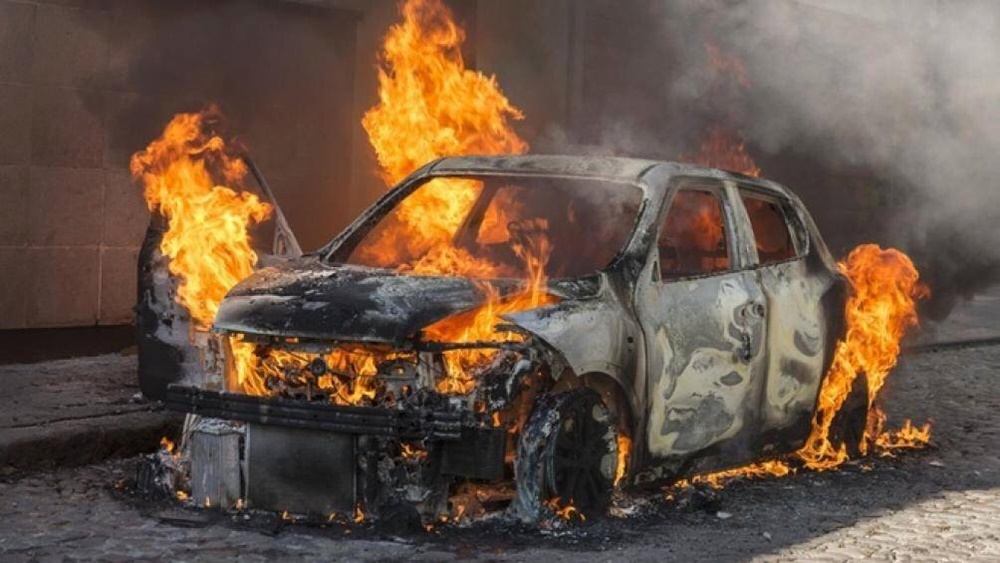
The low fire risk of electric cars compared to gasoline cars is well documented
Based on the data from the National Transportation Safety Board (NTSB) of the United States, there were a total of 16,051 hybrid cars catching fire in accidents. The corresponding figure for gasoline cars was 199,533 cases. Meanwhile, there were only 52 cases of electric cars catching fire.
Tesla affirms that gasoline cars have an 11 times higher fire rate compared to their electric cars. The company states that the best comparison ratio is the fire rate per 1.6 billion km traveled. The electric car manufacturer claims that their fleet of 300,000 Teslas on the road has traveled a total of 12 billion km and reported about 40 fire incidents. This number is equivalent to 5 fires per 1.6 billion km traveled. On the other hand, gasoline cars account for a rate of 55 fires per 1.6 billion km traveled.
How does a Li-ion battery in an electric car catch fire?
Lithium-ion (Li-ion) batteries in electric cars are highly flammable due to their components. However, car manufacturers have implemented methods to prevent the fire and explosion of Li-ion batteries. A Li-ion battery consists of 4 main components including the cathode, anode, electrolyte solution, and separator.
The combustion of a Li-ion battery is usually caused by a short circuit in one or more battery cells, resulting in high heat generation. If the battery of an electric car is damaged due to collision, fire, or water ingress, a short circuit may occur. This causes the battery cells to release energy and heat, leading to a “thermal runaway” condition. This chain reaction can cause the battery to fail or explode, resulting in fire outbreak.

Illustration of the burning process of an electric car battery, from short circuit, thermal runaway, combustion, and spreading
Even in the case of an electric car being submerged in water (flooded), contaminants or salt can cause the battery to short-circuit, especially after the water has receded. Movements of the electric car or a damaged battery, for example, when the car is being towed, also pose a risk of short circuit.
The heat generated by combustion, the thermal runaway state of adjacent battery cells, or short circuit can melt the foam separator between the cathode and anode of a battery cell. This causes the battery cell to continue discharging heat and producing flammable gas. The consequence is that the entire battery pack can catch fire. “Heat can transfer to neighboring battery cells and become a chain reaction,” explained Mr. Barth.
The most significant difference compared to gasoline cars is the time it takes for an electric car to catch fire. Gasoline fires almost instantly occur when gasoline ignites with a spark or flame and spreads rapidly. In contrast, a battery fire usually requires some time to accumulate enough heat before igniting. In some cases, this delay is beneficial because occupants of the car accident can escape before the fire occurs. In some other cases, even though the battery cells have been extinguished, there is still a risk of re-ignition after several hours or even days, making it difficult for rescue and repair work.
Illustrative image of a Lithium-ion battery pack in a Tesla car
Electric car fires are more intense and difficult to extinguish than gasoline fires
As mentioned above, electric cars have fewer fire incidents than cars using traditional gasoline engines. However, once a fire occurs, lithium-ion batteries in electric cars are much more challenging to extinguish. Currently, there are no effective and fast firefighting methods for electric car fires.
The most significant difference compared to gasoline and diesel cars is that electric cars cannot be extinguished with common fire foam. Instead, firefighters need to cool down the battery of the electric car to prevent fire and thermal runaway.
“Lithium-ion batteries produce their own heat and oxygen,” said Mr. Andrew Klock, the Director of Products and Development at the American Firefighter Association. Therefore, cutting off the external oxygen supply is also insufficient to stop the fire, and spraying foam has no effect. To extinguish an electric car fire, firefighters will have to spray a significant amount of water onto the battery pack to cool it down.
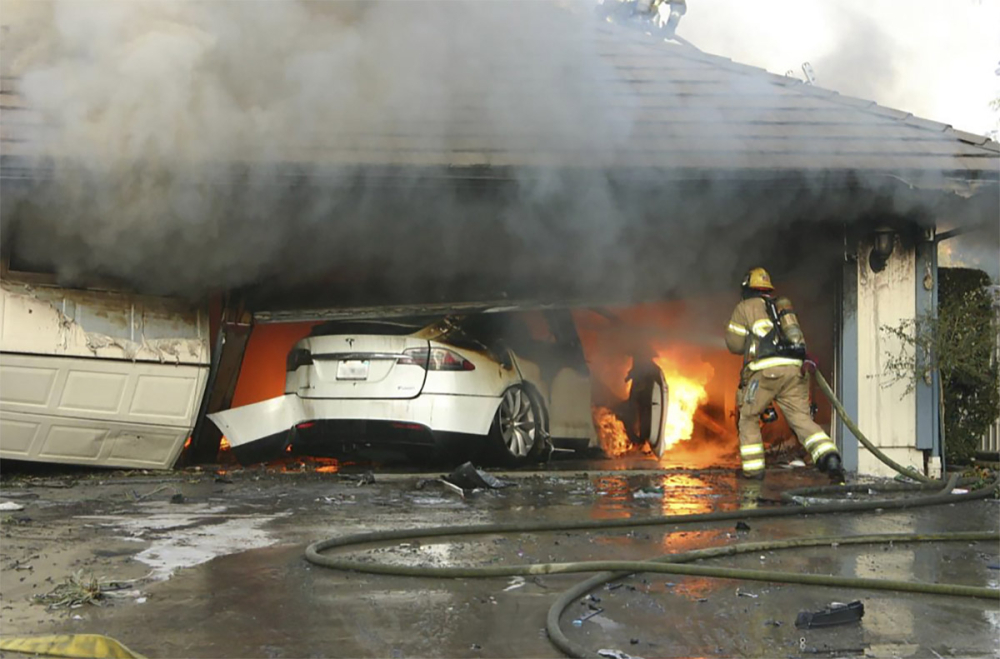
Firefighters attending to a fire caused by a Tesla electric car
The majority of the electric car’s batteries are located under the car’s body, so spraying water onto the body or engine compartment has no effect. “You need to spray water under the car’s body,” Mr. Knock added.
According to the National Fire Protection Association, if water is used to extinguish an electric car fire, it requires more than 110,000 liters of water, about 20-25 times more than a gasoline car, and it takes longer.
Above are the most basic knowledge about electric car batteries, their fire-causing principles, and firefighting methods. It can be seen that both electric and gasoline cars inherently carry significant fire and explosion risks. Users need to pay attention to ensure their safety, as well as the safety of their families and society.

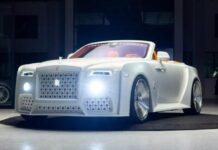







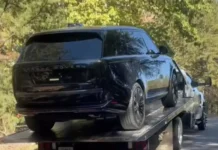















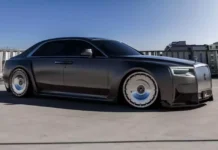




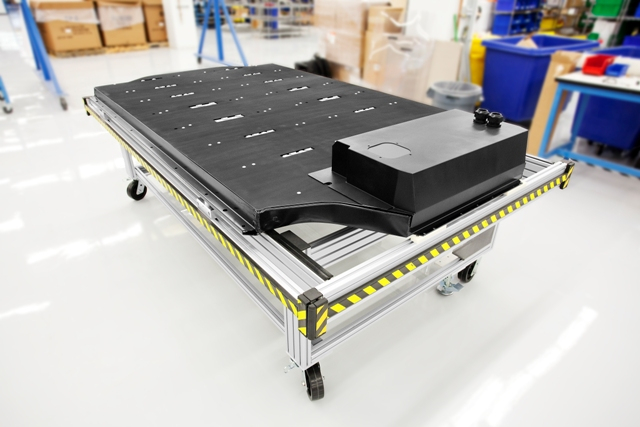

![[CAR REVIEW] Rolls-Royce Spectre: A Symphony of Luxury](https://vnauto.net/wp-content/uploads/2023/10/xehay-rrspectre-30082023-1-150x150.jpg)

